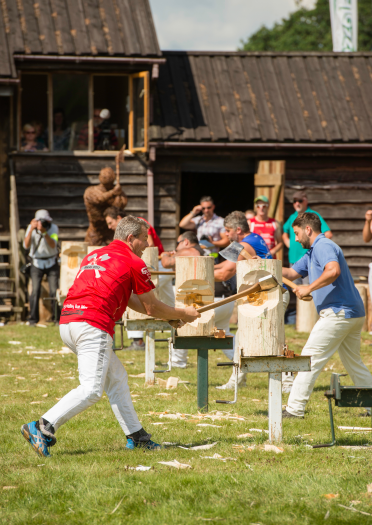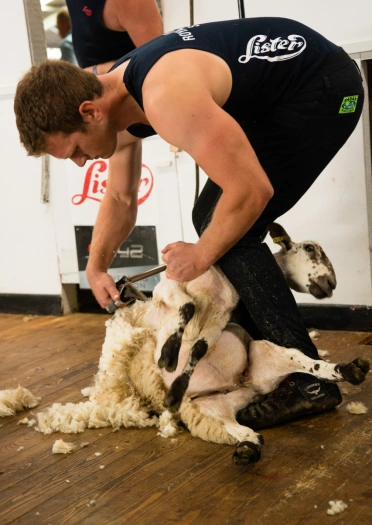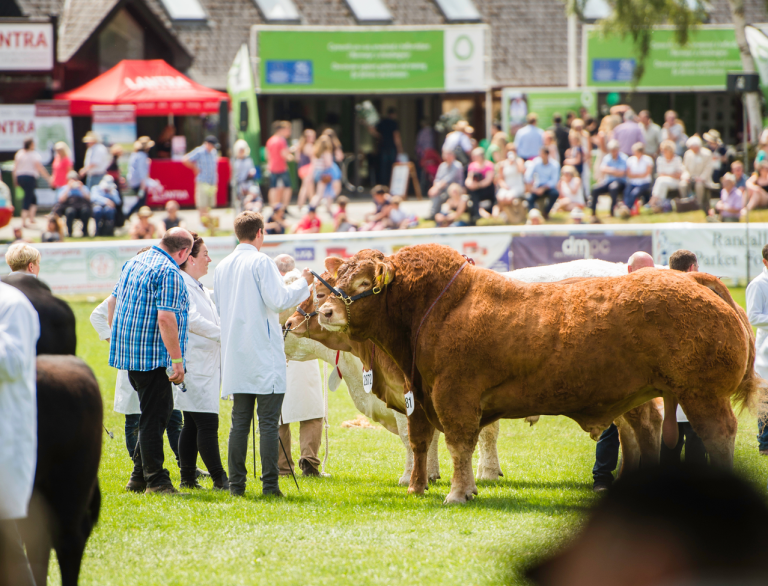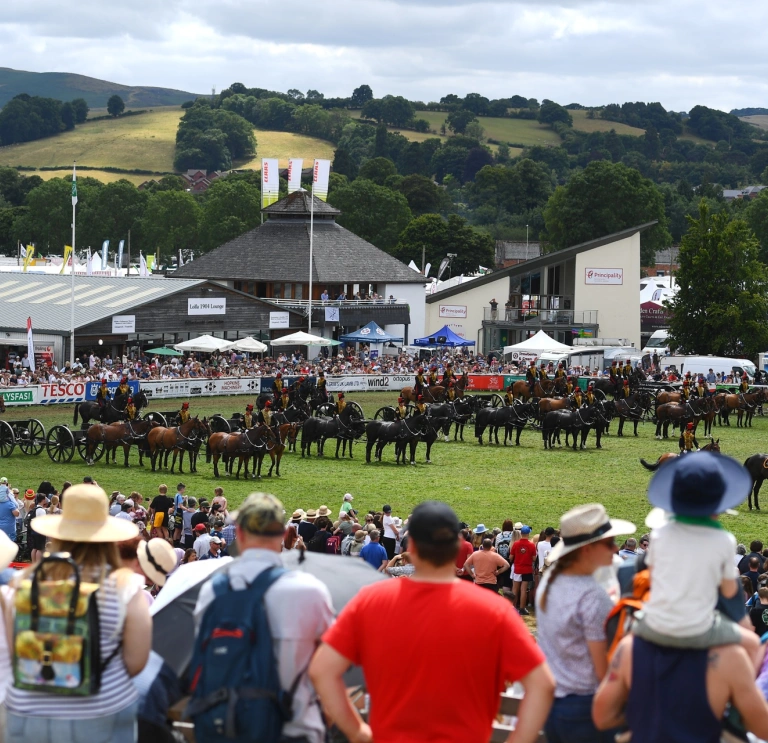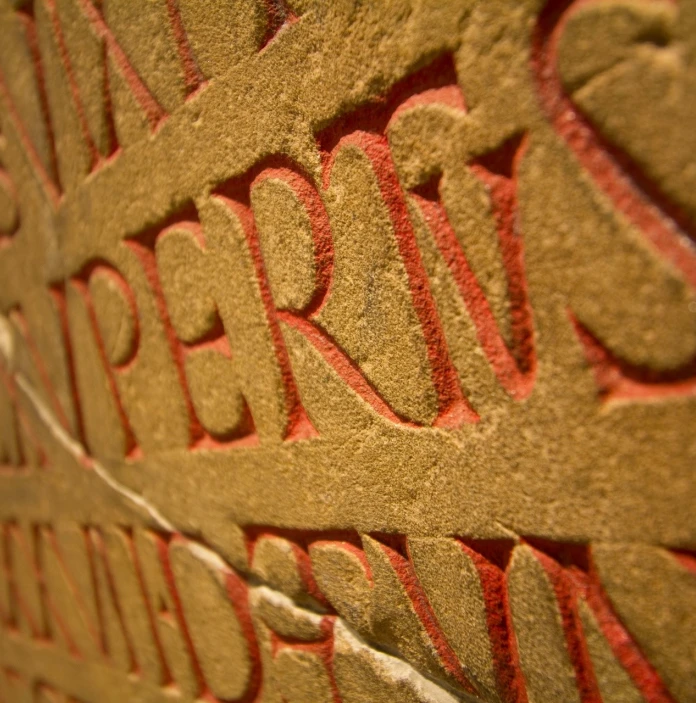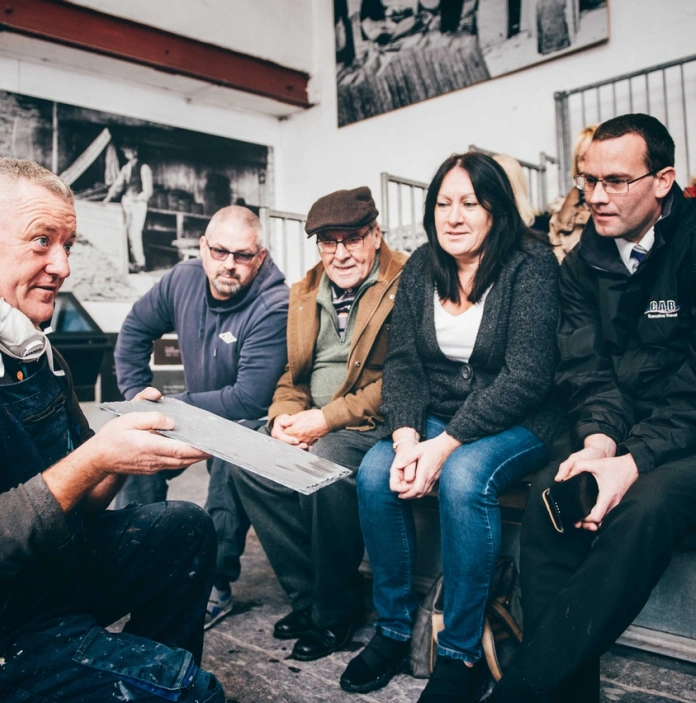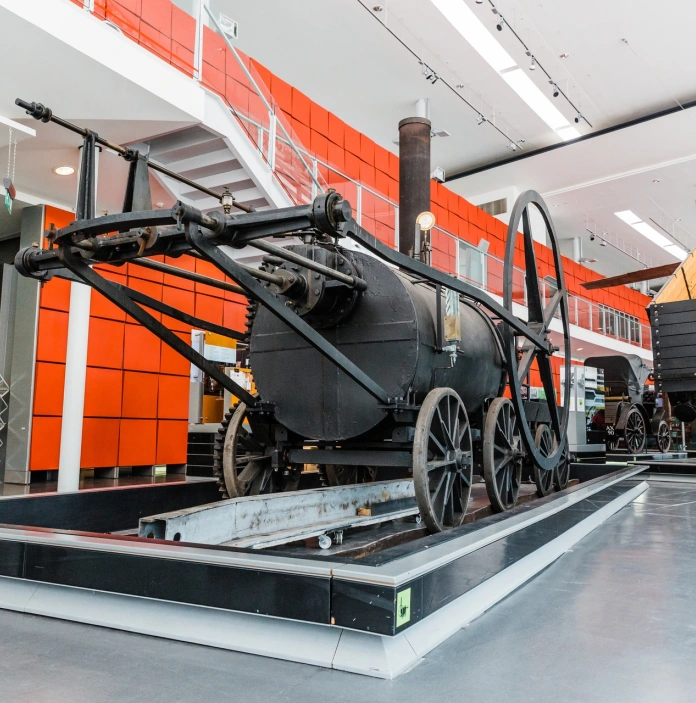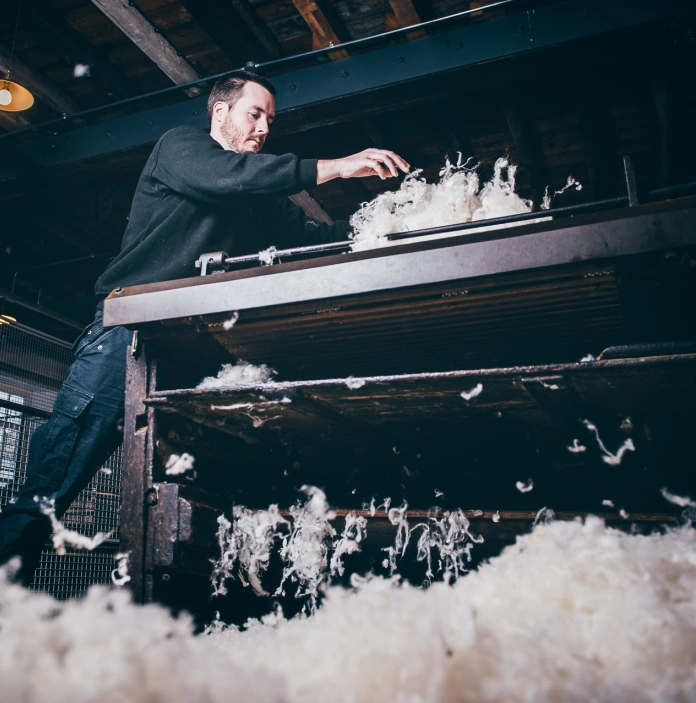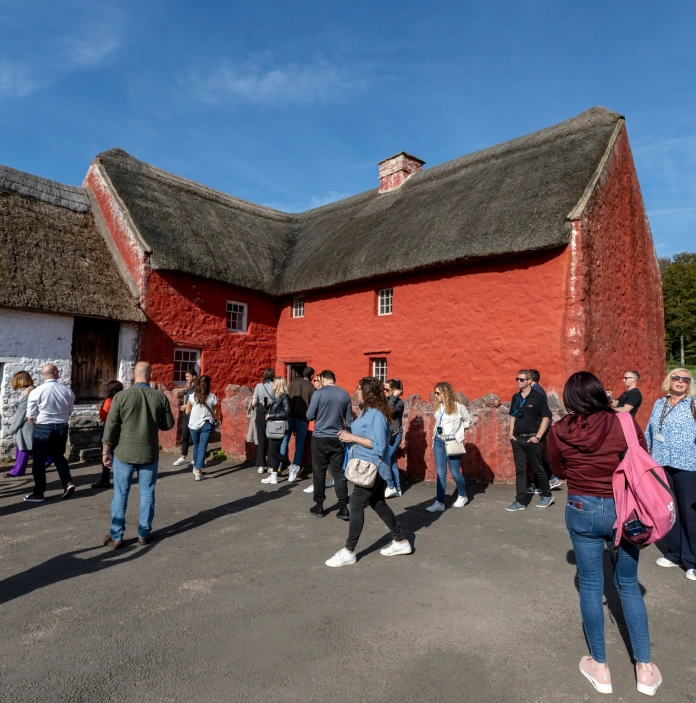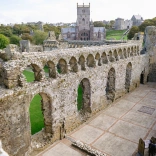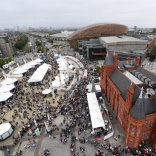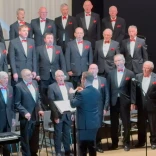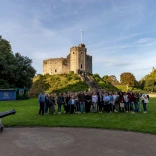A visit to Wales offers a cultural experience very different to other United Kingdom countries. Although almost everyone speaks English too, Wales has its own language, culture, legends and folklore and your clients can immerse themselves in the creativity and celebration of song and poetry in both languages as part of a visit, right across Wales.
Welsh language
Welsh is one of the oldest languages in Europe and Britain’s oldest language.
It is now used daily all over the country. The Welsh language has had a huge influence in the country’s culture and history. In fact, according to a recent survey, approximately 30% of the population of Wales can speak Welsh and this is increasing thanks to Welsh being compulsory in schools to age 16. The Welsh language can be seen alongside English on road signs and heard in pubs, shops and cafés.
Welsh place names are very descriptive, so once some of the language is understood, it’s possible to work out what the place name means. For example, two iconic mountains in Snowdonia famed for their rocky summits are Glyder Fach and Glyder Fawr. This translates to small pile/heap (of rocks) and big pile/heap (of rocks).
The most famous example of a descriptive place name is perhaps, the village of Llanfairpwllgwyngyllgogerychwyrndrobwllllantysiliogogogoch - yes that is all one word. The village station sign is a must visit for a great photo opportunity as it is one of the longest place names in the world.
It translates to Saint Mary's Church in the hollow of the white hazel near a rapid whirlpool and the Church of St. Tysilio of the red cave.
A great tongue-twister for your clients to try and the sign is spelt out phonetically.
LLAN - FAIR - PWLL - GWYN - GYLL - GO - GER - YCH - WYRN - DROB - WLL - LLAN - TY - SILIO - GO - GO - GOCH
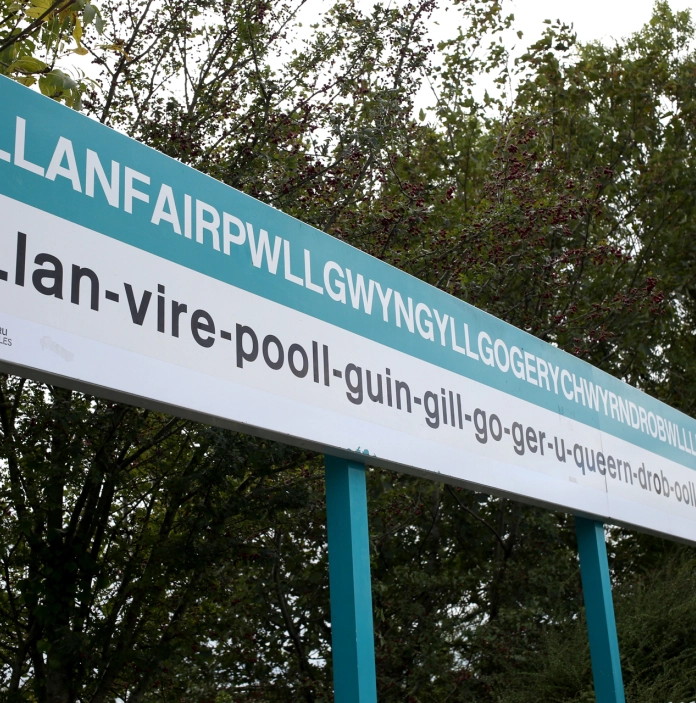
Easy Welsh phrases
Hello is the easily remembered ‘helo’
Bore da (pronounced: Boh-reh dah): Good morning
Prynhawn da (Prin-houn dah): Good afternoon
Nos da (nohs dah): Good night
Croeso i Gymru (Croesoh ee Gum-reeh): Welcome to Wales
Iechyd da! (Yeh-chid dah): Good health! (Cheers!)
Tafarn (Tav-arn): Pub
Diolch (Dee-olch): Thanks
Plis (Please): Please
Shw mae? (Shoe-mi): How are you?
Da iawn (Dah ee-aw-n): Very good
Na (Nah): No
Ydw (Uh-do):Yes
Nant Gwrtheyrn
Nant Gwrtheyrn, a National Welsh Language and Heritage Centre offers Welsh residential and virtual language courses in a restored Victorian quarrying village on the Llŷn Peninsula in North Wales. The free exhibition in the Heritage Centre interprets the development of the site and the history of the Welsh language. Your clients can visit a Quarryman’s Cottage and discover how a quarryman and his family lived in 1910. It’s the perfect place to learn about the oldest language in Europe. They can also offer introductory short and fun Welsh sessions for groups on request. A café, restaurant and accommodation for up to 120 guests is available on-site.
Your clients can visit a Welsh language café hub to experience Welsh first-hand. Such venues include Yr Atom in Carmarthen or Canolfan Soar in Merthyr Tydfil.
To hear more Welsh language your clients can go to Clwb Ifor Bach in Cardiff, a Welsh language music bar who have regular performances of live music on the club's stages.
Find out about Welsh language courses, full-day to weekly and residential or on-line at all levels.

The National Library of Wales, Aberystwyth
The National Library of Wales is the biggest library in Wales and home to over 6.5 million books and periodicals with the largest collection of archives, portraits, maps and photographic images in Wales. They cater for groups and offer free tours.
The National Library of Wales keeps many rare and important manuscripts, including the earliest surviving manuscript entirely in Welsh Black Book of Carmarthen the earliest text (in Latin) of native Welsh law Laws of Hywel Dda (c. 1300–1350), and also holds the first Welsh translation of the complete Bible.
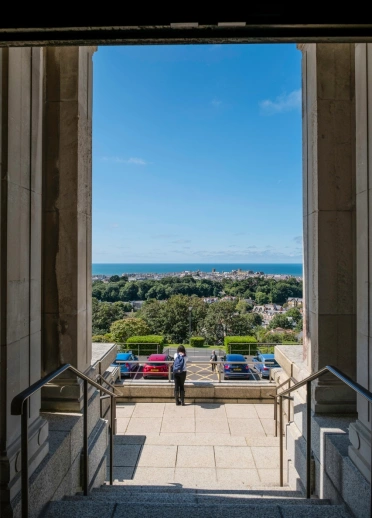
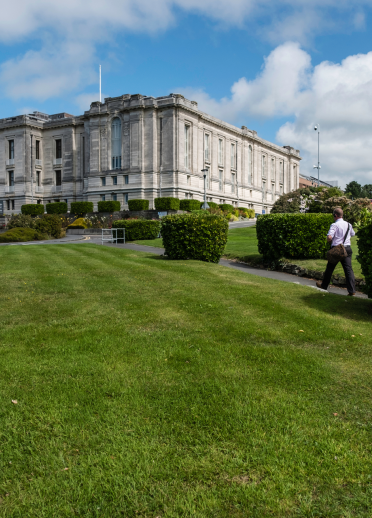
Amgueddfa Cymru – National Museum Wales
The National Museum Wales has seven sites around Wales, each with a different story to tell and have world-class collections celebrating Welsh history and culture as well as artefacts from around the globe. Each of the museums focuses on a different aspect of Welsh heritage and all are free to enter. Charges may apply for some aspects such exhibitions, special events and tours. The museums include:
Big Pit National Coal Museum, Blaenavon - this award-winning museum is a coal mine with tours 91 metres (300 ft) underground with real miners. Visitors can also explore the mining galleries, the pithead baths and colliery buildings.
National Museum Cardiff - offers a range of displays on natural history, science and art including one of Europe’s best collections of Impressionist paintings.
National Roman Legion Museum, Caerleon - today at the Roman Legionary Museum Caerleon, your clients can learn what made the Romans a formidable force and how life wouldn't be the same without them.
National Slate Museum, Llanberis - the story of slate is told within the Victorian workshops where most of the machinery and plant is preserved in its original condition and skilled craftsmen demonstrate traditional skills of splitting and dressing slate. Please note the museum is closed from November 2024 for major transformation. Visit their website for further updates.
National Waterfront Museum, Swansea - celebrates Welsh history, culture and achievement and tells the story of Wales' industrial and maritime heritage and its role in shaping today's economy and society.
National Wool Museum, Drefach Felindre – you clients will discover why Drefach Felindre was once the centre of a thriving woollen industry in Wales.
St Fagans National Museum of History – one of Europe’s largest open-air museums which celebrates how people lived, worked and spent their leisure time in Wales.
Discover the story of Wales with the National Museum of Wales’ interactive map and trails. Products featured include their seven sites and also nearby attractions that you can include in your itineraries. You can also select product by theme.
Industrial heritage
Wales was the first country in the world to become an industrialised nation. Welsh coal, slate and iron were shipped all over the world. These industries have impacted the culture of those areas which can still be experienced by your clients today.
Our fact sheets give a great insight on places and attractions your clients can visit to learn about industrial heritage in Wales:
Industrial heritage in North Wales
Industrial heritage in South Wales
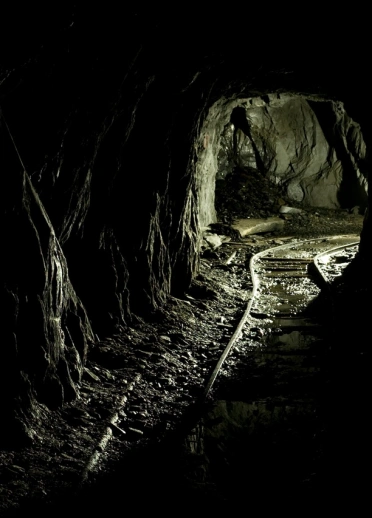
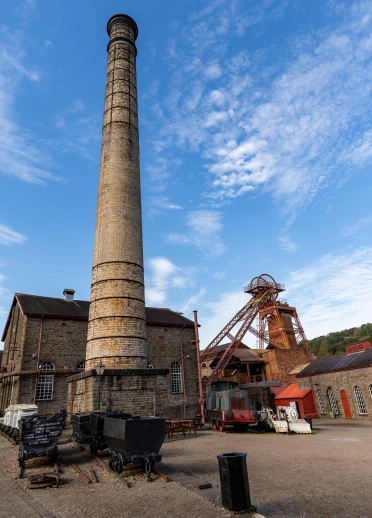
Welsh textiles
The Welsh wool industry is important to Wales. Welsh wool has been exported for centuries and Welsh blankets are renowned as luxury products.
This great heritage has been recorded at a number of textile-focused museums, including Newtown Textile Museum and the National Wool Museum, home to some impressive historic machinery and where the traditional methods of making Welsh cloth can be seen.
Celtic Tours Wales offers a private 'All Things Wool' tour for groups of all sizes which includes a sheep herding demonstration, wool spinning demonstration, a visit to a Woollen Mill and a visit to an organic farm, farm shop and café.
The Wonderwool Wales festival is held annually on the last weekend in April at the Royal Welsh Showground in Builth Wells. It celebrates Welsh wool and natural fibres with craft stalls, exhibitions, street food and an opportunity to learn skills with an expert.
Traditional techniques can be experienced first-hand at:
Melin Tregwynt, a woollen mill in Pembrokeshire producing Welsh blankets, bags, cushions and throws which get sold all over the world as well as in the on-site shop. Your clients can see the mill working Monday to Friday between 10:00 and 16:00. A café is available. Not suitable for groups.
Jen Jones Welsh Quilt Centre in Lampeter's Town Hall celebrates Welsh quilts and offers exhibitions, workshops and a gallery shop, showcasing a collection of both vintage and new textiles from Jen's gift shop in Llanybydder. A wide range of gifts are available including quilts, blankets, books, jewellery, scarves and cushions. There is also a Café Deli available which is run by Jen’s daughter and son-in-law.
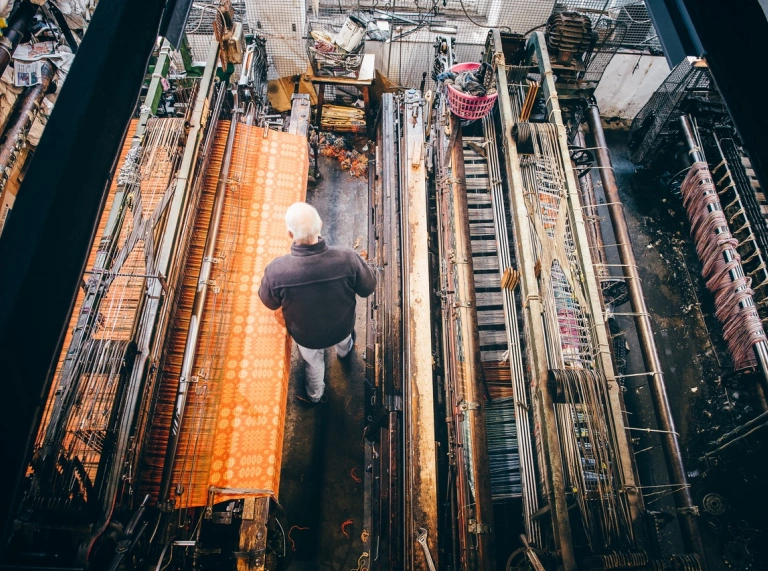
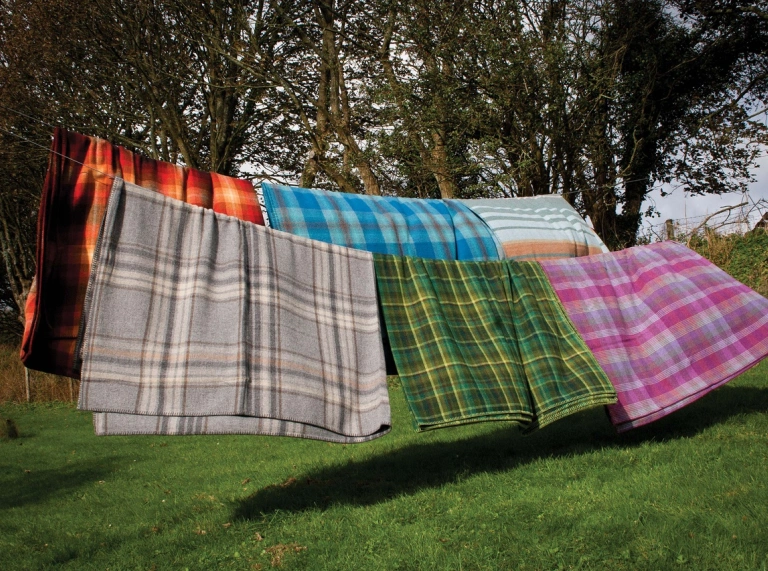
Sheepdog demonstrations / farm tours
Farmer, Gareth Wyn Jones, has launched RhiGar Farm Tours for small groups which includes a sheepdog training demonstration with Gareth and his wife Rhian. This tour can be followed by a tour up to Dinas, a celtic fortress behind the farm with many secrets and panoramic views of the Menai Straight and Anglesey. Another option is to include a visit to the Carneddau mountains which is home to the rare Carneddau Ponies. A bespoke tour to include all elements will take 3hrs. They can cater for groups of up to 30 people. As the farm isn't accessible in a tour bus, they have a 32 people carrier to start the tour from the village. This is available at an extra cost.
Pandy Farm, nestled in the hills near Bala in North Wales, is offering a new farm experience including a thrilling sheepdog experience, working with both sheep and lively runner ducks. The tour offers a unique and authentic glimpse into the daily life of Erin McNaught, a young fourth-generation hill farmer, a well-respected female figure in the agricultural world and known for her appearances on national TV. One or two hour tours are available and suitable for groups up to 30. Two groups of 30 (60 at once) can be accommodated subject to availability and tours can be tailored to your client’ needs. A hands-on and in-depth VIP experience, with Welsh produce refreshments in a picnic basket, can be booked for small groups.
Good Day Out offers immersive days out in the Bannau Brycheiniog (Brecon Beacons) National Park including Sheepdog demonstrations. This is available for both FITs and larger groups, including coach tours. The demonstrations are led by the experienced Sheepdog trainer, Ross Games, who regularly competes at trials for Wales. For FITs, the demonstrations last between 60-90 minutes, providing ample time for your clients to witness the impressive skills of the working dogs and even interact with them. For larger groups, such as coach tours, the sessions are shorter, lasting about 30-40 minutes, but still offer a comprehensive display of the dogs' training and abilities at various stages. Ross showcases how to command his skilled working dogs to move sheep effectively, offering an insightful and entertaining experience. Piggy Walking and Mini Donkey Picnics are also an option.
Celtic Tours Wales 'All Things Wool' tour for groups of all sizes includes a sheep herding demonstration.
'This is Wales' tour by Conwy Tours includes a private sheepdog demonstration which is suitable for small groups.
Visit to a Welsh cathedral, church or chapel
Wales has beautiful cathedrals, chapels and ancient houses of worship from isolated medieval rural churches to more modern protestant chapels that sprouted up in industrial towns following the Methodist Revivalist movements.
St David is the patron saint of Wales and your clients can visit St Davids Cathedral, where his bones are reputed to be buried. A sacred place of pilgrimage and worship set on the spectacular Pembrokeshire coast upon the site of an earlier 6th century monastery built by St David. Wales celebrates St David’s Day on 1 March every year.
The Cathedral was granted a privilege from Pope Calixtus II stating that two pilgrimages to St Davids was equal to one to Rome, and that three were as significant as a pilgrimage to Jerusalem. At this point in its history the Shrine dedicated to St David was installed. You can now visit this restored shrine with its icons depicting Saints David, Patrick, Andrew, Non and Justinian. There is a café serving Welsh cakes, Welsh food and refreshments in the grounds of St Marys Chapel.
Also pay a visit to the medieval St Davids Bishop's Palace, a grand residence built in the early 14th century.
Find out more about the special places of faith across Wales in our Celtic Wales and early Christianity fact sheet.
Contact traveltradewales@gov.wales for a more detailed faith tourism fact sheet.
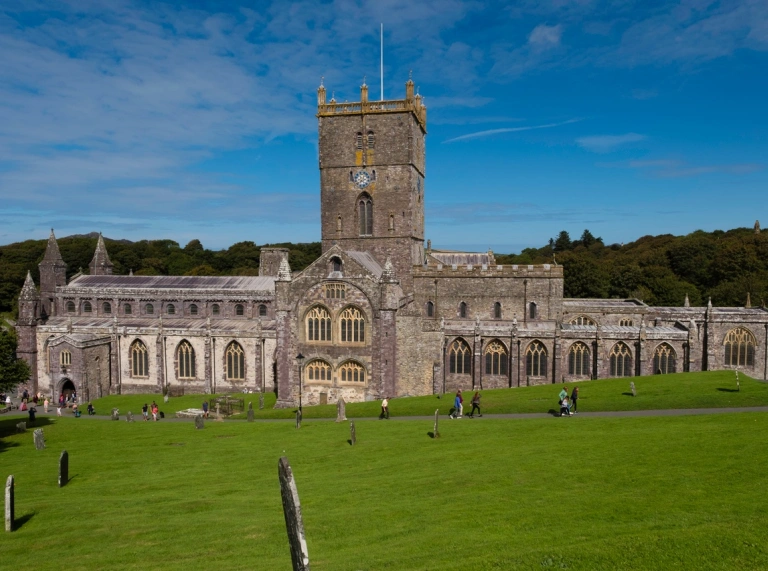
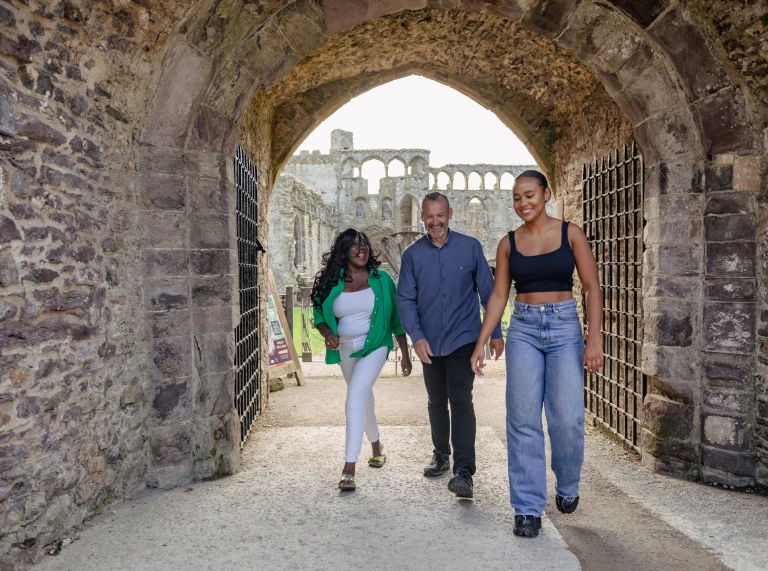
Experience international rugby in Cardiff
Rugby weekends in Cardiff are something very special, either by going to the Principality Stadium to watch a match or by enjoying the atmosphere in the streets of the capital. Either way, listening to the Welsh supporters singing Welsh hymns and the Welsh national anthem, Hen Wlad Fy Nhadau (Land of My Fathers), is spine-tingling.
The Six Nations matches normally take place in February and March, with international matches played in October and November. See the Visit Wales consumer website for more information about Rugby in Wales.
Other options:
- Take a tour of the Principality Stadium, available all year round.
- Your clients can watch Cardiff Arms Park Male Voice Choir practice at Cardiff Arms Park on a Tuesday or Thursday evening 7.30pm - 9.30pm, followed by a beer in a local pub.
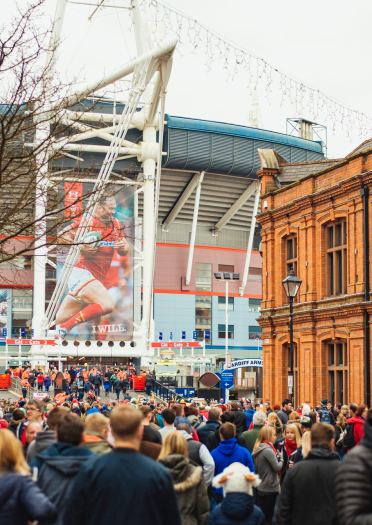


Welsh food and drink
Your clients can sample locally produced food and drink at traditional pubs, cafés and restaurants. Try a Welsh cake, Welsh rarebit, salt marsh lamb or Welsh black beef along with a Welsh beer, cider, wine or one of a variety of soft drinks. Check out the food and drink factsheets for ideas for your itineraries.

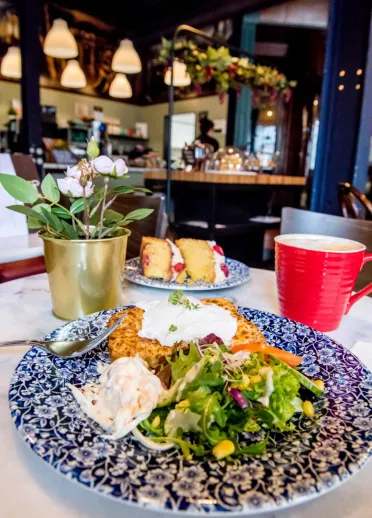
Enjoy a festival or event
Wales is known as the land of song and with a calendar full of events, and it’s a great way to experience it for yourself. See Visit Wales' guide to the biggest Welsh music and culture festivals.
Attend the National Eisteddfod of Wales, a celebration of the culture and language in Wales. Held annually during the first week of August, rotating north to south, there are stands, stalls and shops, food, music, arts and crafts, design and architecture. Your clients can head to the Maes D (the Welsh learners tent) for an opportunity to listen and learn to practice speaking Welsh.
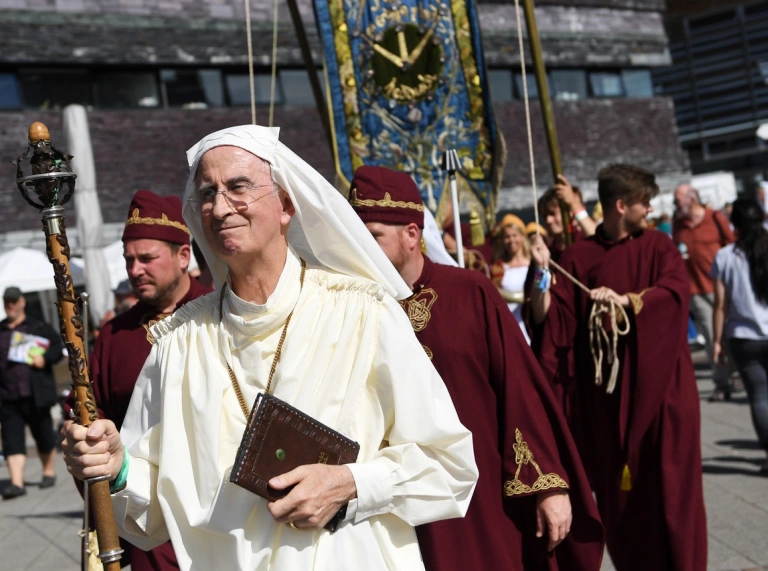
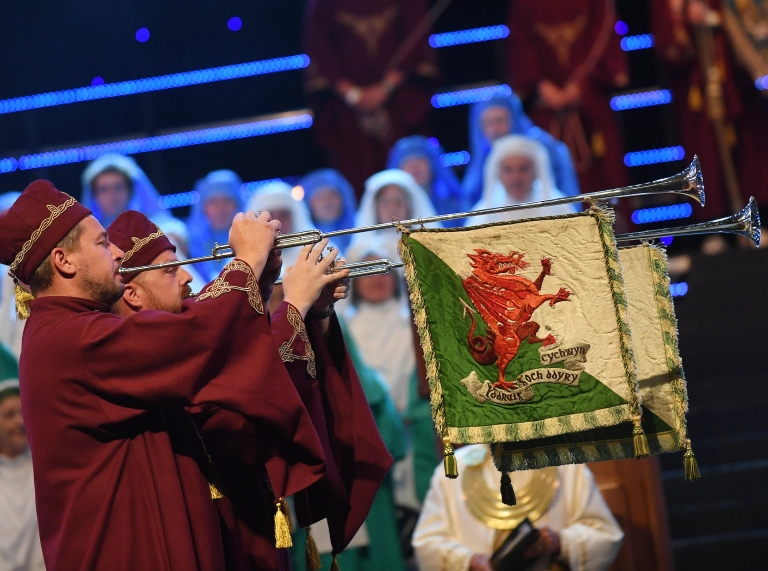
Visit the Royal Welsh Show, the biggest and most prestigious agricultural show in Europe, which celebrates farming industry and rural communities over the four days. Held the third week in July annually at the showground in Builth Wells, it attracts over 200,000 visitors. There are livestock competitions, as well as forestry, horticultural and craft displays. Visitors can experience a daily 12 hour programme of entertainment, attractions and displays in the main ring.
Festivals and events in Wales (Travel Trade website)
Alternative festivals and cool culture (Consumer website)
